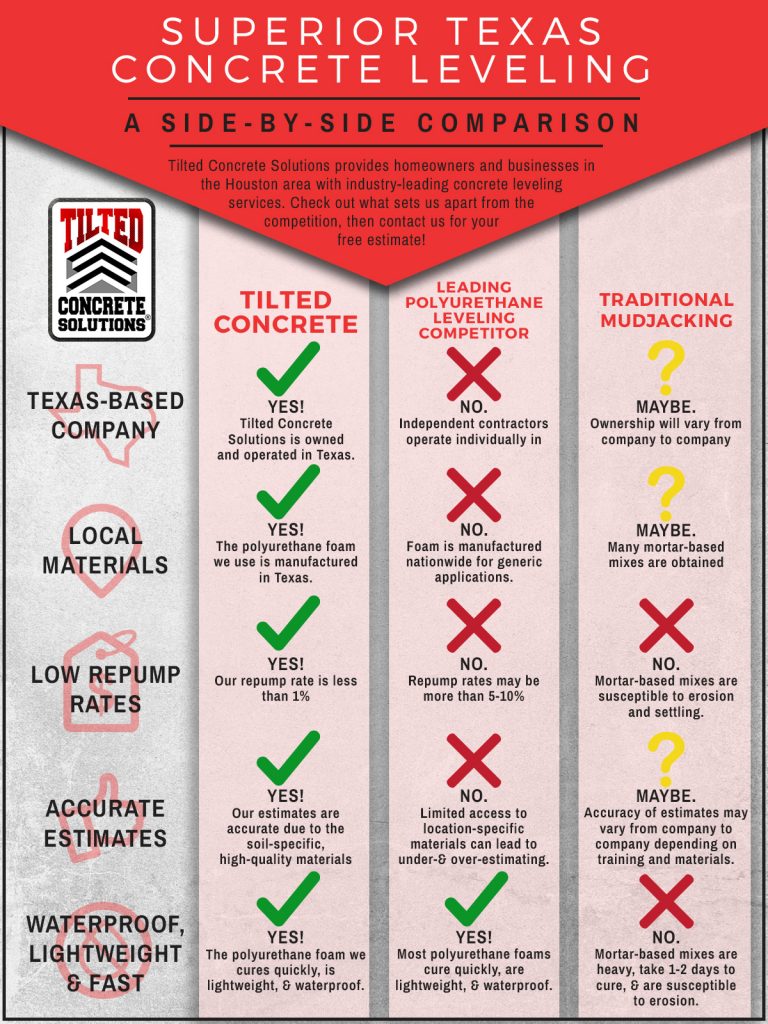Recognize The Expanding Importance Of Low-VOC Paints For Developing Healthier Homes. Yet, Are The Prospective Downsides Justified By The Advantages? Learn The Realities Inside!
Recognize The Expanding Importance Of Low-VOC Paints For Developing Healthier Homes. Yet, Are The Prospective Downsides Justified By The Advantages? Learn The Realities Inside!
Blog Article
Content Develop By-Mann Ivey
When you think about repainting your home, you could ignore the value of the paint's composition. Low-VOC paints are designed to minimize indoor air contaminants, making them a smarter selection for your family members's health and the atmosphere. While they include certain drawbacks, like longer drying out times, they also offer modern-day visual appeals and improved performance. You could wonder if the advantages genuinely exceed the disadvantages, particularly when you're aiming for a trendy coating. Recognizing the full extent of low-VOC alternatives can alter your viewpoint on your next paint job.
Understanding Low-VOC Paints
When you pick low-VOC paints, you're opting for an item that discharges fewer volatile natural substances, which can be damaging to both your health and the atmosphere.
VOCs are chemicals found in several paint products that can evaporate into the air and add to indoor air contamination. By choosing low-VOC options, you're lowering the variety of these emissions, making your home more secure.
Low-VOC paints generally include 50 grams per liter or fewer VOCs, contrasted to conventional paints that can include as much as 250 grams per liter. This suggests that when you paint your home with low-VOC products, you're not just choosing for looks; you're additionally taking a step in the direction of a healthier indoor environment.
These paints come in a range of finishes and shades, so you won't need to endanger on design. They appropriate for both exterior and interior tasks, supplying toughness and insurance coverage like their conventional equivalents.
And also, many manufacturers are now focusing on developing low-VOC formulas without giving up performance. Understanding low-VOC paints encourages you to make informed options for your home and health while adding to environmental preservation.
Perks of Low-VOC Options
Why select low-VOC alternatives for your paint projects? First off, they're much better for your health. Low-VOC paints discharge less unpredictable natural compounds, which means you minimize your exposure to dangerous chemicals. This is particularly important if you're painting inside or have youngsters and family pets in the house.
You'll also value the environmental benefits. check it out add less to air contamination, making them a greener choice. By selecting low-VOC alternatives, you're sustaining sustainable techniques and helping to develop a healthier world.
One more perk is the improved indoor air high quality. Low-VOC paints aid maintain fresher air in your home, which can lead to a more comfy living room.
Plus, numerous low-VOC paints are just as durable and lasting as typical options, so you will not compromise top quality for safety and security.
Finally, you'll locate a wide variety of shades and finishes readily available in low-VOC formulas, so you can still attain the appearance you desire without endangering on your health and wellness or the atmosphere.
Choosing low-VOC paints is a clever, liable decision for your painting tasks.
Potential Drawbacks to Consider
While low-VOC paints provide countless benefits, there are some possible downsides to keep in mind. One significant issue is their efficiency compared to traditional paints. Low-VOC choices may not always offer the very same degree of sturdiness and insurance coverage, which can lead to even more regular touch-ups or a requirement for added coats. This can be irritating and time-consuming during your paint job.
Another concern is the drying time. Low-VOC paints typically take longer to dry than their high-VOC counterparts, which can prolong your project timeline. If you're on a tight routine, this may be a disadvantage to take into consideration.
You ought to likewise realize that low-VOC paints can in some cases have a various surface or appearance. If you're aiming for a specific visual, make sure to evaluate samples to guarantee the outcome meets your assumptions.
Last but not least, while low-VOC paints are usually much safer, they can still produce some fumes. Proper air flow is essential during and after application, so be prepared to broadcast out your room effectively.
Final thought
Finally, low-VOC paints are a smart choice for any individual looking to develop a much healthier home setting. They lower interior air contamination and are safer for your family members, especially if you have children or pets. While you could deal with more regular touch-ups and longer drying times, the benefits far outweigh these downsides. With trendy alternatives available, switching over to low-VOC paints is a step toward lasting living that you will not be sorry for.
